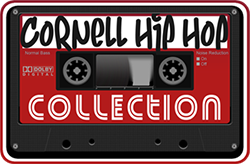Digital Collections
In order to make Hip Hop’s history widely and freely available to the public, the Cornell Hip Hop Collection began digitizing portions of its archives in 2012. Additional collections will be digitized in the future, as copyright, permissions, and resources permit.
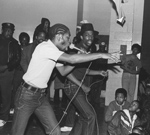 Joe Conzo, Jr. Archive
Joe Conzo, Jr. Archive
Cornell serves as the home of the archive of Joe Conzo, Jr., called “The man who took Hip-Hop’s baby pictures” by the New York Times, Conzo captured images of the South Bronx between 1976 and 1984. The Hip Hop Collection has scanned and digitally preserved all of Joe’s negatives from this era. More than 6,000 of them are freely available for public browsing in this digital collection, thanks to the generosity of Joe Conzo, Jr.
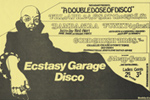 Hip Hop Party and Event Flyers
Hip Hop Party and Event Flyers
The Cornell Hip Hop Collection preserves nearly 1,000 early Hip Hop flyers contained in multiple archives. These flyers preserve the raw data of Hip Hop ca 1977-1983, from the era when Hip Hop was primarily a live, performance-based culture based in New York City. Nearly 500 of them have been digitized and are freely searchable in this digital collection.
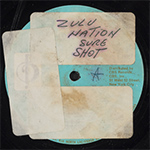 The Numbered Vinyl Records of Afrika Bambaataa
The Numbered Vinyl Records of Afrika Bambaataa
As part of Afrika Bambaataa’s archive in the Cornell Hip Hop Collection, this digital collection contains images of selected 12" vinyl records from Bambaataa’s music collection--records that he numbered, signed with his name, and often annotated as he acquired them from the late 1960s into the early 1980s. The collection shows nearly 1,400 of the earliest 12" records Bambaataa owned, representing a small subset of his famed record collection. Bambaataa’s early vinyl record collection offers essential information on Hip Hop culture’s many visual and sonic influences. You will see an eclectic mix of soul, funk, rock, R&B, disco, and African and Latin music--genres that formed the basis of Hip Hop’s musical identity before recorded "rap music" was popularized by the entertainment industry beginning in 1979. This digital collection also offers a diverse tapestry of album art documenting the many looks, attitudes and ideas that artists contributed to the era. The collection can be browsed in the order Bambaaataa acquired his records. It can also be searched by title, artist, or by categories of alterations or annotations such as “Zulu Nation Sure Shots,” albums on which he indicated his preferred tracks.
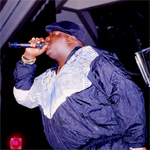 Ernie Paniccioli Photo Archive
Ernie Paniccioli Photo Archive
Ernie Paniccioli is a Cree photographer, author and activist who has been capturing Hip Hop culture on film for the past 40 years. He is widely celebrated as one of Hip Hop’s important photographers. The Cornell Hip Hop Collection preserves his entire archive and has digitized a large percentage of his slides and negatives. Ernie Paniccioli has given his permission to make nearly 20,000 images from his files freely searchable by the public.
Digital Preservation Work In Progress - Coming Soon
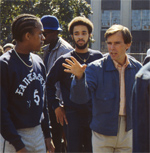 Charlie Ahearn Hip Hop Archive - COMING SOON
Charlie Ahearn Hip Hop Archive - COMING SOON
Charlie Ahearn is an American film director and video artist. He is best known as the director and producer of Wild Style (1983), celebrated as the first feature film to document Hip Hop culture. The Cornell Hip Hop Collection preserves Charlie Ahearn’s Hip Hop archive, and has digitized more than 700 photographs and art work relating to the production and promotion Wild Style to make them freely searchable by the public.
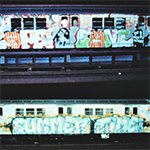 The IGTimes Archive
The IGTimes Archive
Coming soon: Images documenting aerosol and street art from the editorial files of the International Graffiti Times (IGTimes) the first underground zine devoted to aerosol and street art (1983-1994). The magazine’s archive was transferred to Cornell’s Hip Hop Collection by its founder and editor, David Schimdlapp, who worked with legendary artist and hip hop cultural pioneer Phase2 (1955-2019) as art director of the magazine. Within the IGT collection are approximately 940 slides used by Phase and Schmidlapp to educate audiences about street art and its culture. They called their presentation the “Aerosol Art Armada” and took the show on the road to schools, community centers, and other cultural venues in the 1980s and early 90s, a time when there was limited published information on the topic. The slides were projected on screens as part of the Aerosol Art Armada’s freestyle lecture/performance, which combined visual documentation of the development of aerosol street art with live narratives and dialogue between artists Phase2 and Vulcan. Once digitized, the Aerosol Art Armada slides will offer a view of how street art practitioners embedded in graffiti culture itself were codifying and presenting their work in the 1980s and 90s.
